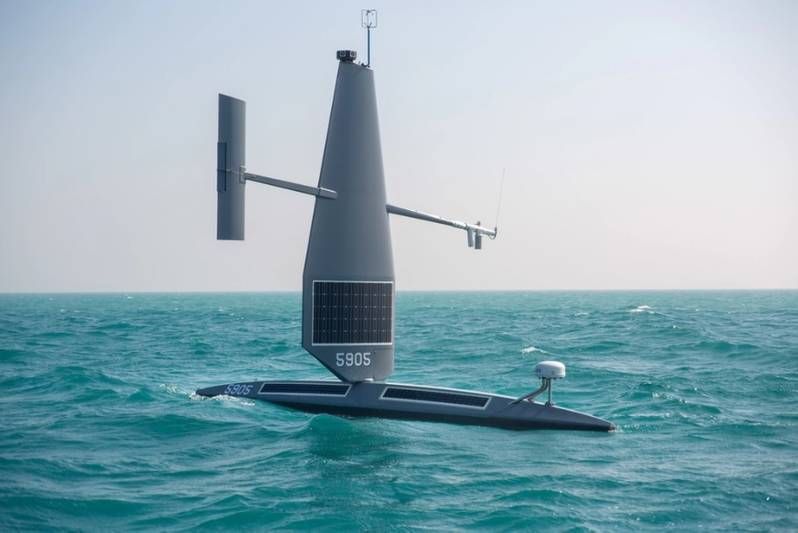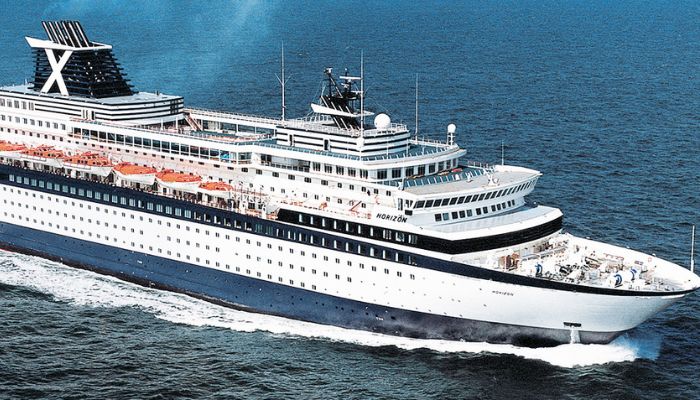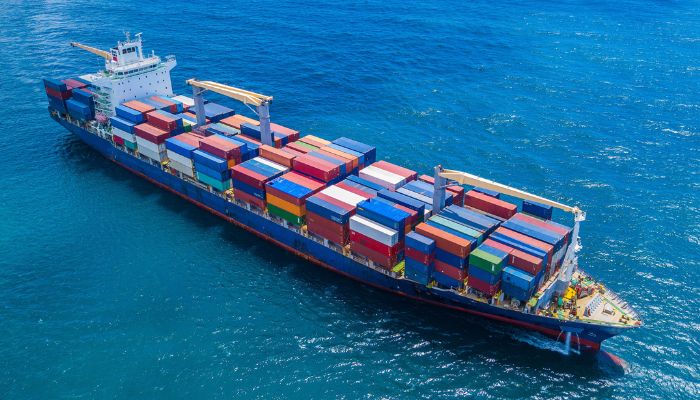September 1, 2022 GENERAL
Full maritime 5G coverage will be deployed in major anchorages, fairways, terminals, and boarding grounds.
Delivery is scheduled to be delivered by mid-2025.
The announcement was made as part of the MPA’s 9th edition of the International Safety@Sea Week, launched by Chee Hong Tat, Senior Minister of State for Transport and Finance.
A 5G network has the potential to unlock a full suite of maritime solutions leveraging complementary technologies such as Artificial Intelligence, Internet of Things, big data, drones and autonomous vehicles, to improve safety, effectiveness and efficiencies in maritime operations.
Quah Ley Hoon, Chief Executive, Maritime and Port Authority of Singapore said: “Digitalisation continues to shape and transform the maritime industry, acting as a key driver for global trends such as logistics and supply chain efficiency and decarbonisation.
“MPA is taking the lead to help build a robust digital maritime ecosystem for Maritime Singapore, with fast, secure and high capacity 5G connectivity as one of the cornerstones to support real-time data exchanges in the maritime domain.”
Elsewhere in the port, MPA’s incident response management and safety enforcement capabilities across the full spectrum of operations will be further strengthened through the development of the Integrated Port Operations C3 (Command, Control and Communications) system (IPOC system).
The system is developed in collaboration with the Defence Science and Technology Agency (DSTA) and will enhance situational awareness and improve the efficiency and effectiveness of incident responses.
The IPOC system will be progressively phased in from 2023 to 2026 as MPA upgrades its systems.
The port will also further develop its online booking and clearance platform, digitalPORT@SG.
The second phase of the port will include the Active Anchorage Management System (AAMS).
The AAMS taps on various data sources to optimise allocation of limited anchorage space for vessels. It ensures that the vessel is anchored safely taking into consideration various conditions including the wind, tide, depth and proximity to hazards.
The AAMS is scheduled to be launched in in the third quarter of 2023.
Source: https://www.porttechnology.org/news/port-of-singapore-to-install-major-5g-network/









